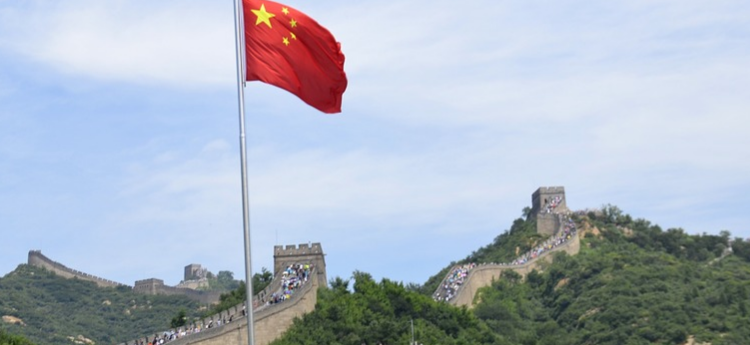The Cannabis Sativa plant has been utilised in China throughout history, going back thousands of years.
Medical literature was recorded from nearly 2000 years ago and apart from medicine, the Chinese have utilised cannabis for fibre and its seeds for food, making it a very important and broadly used resource in China.
They already used cannabis to make clothes during the Chou Dynasty (1122-249 B.C.), pieces of hemp cloth were discovered in burial chambers in China from those times.
Some of the earliest evidence of humans using hemp was found in rope imprints on broken Chinese pottery about 10,000 B.C.
Hemp used to be the most important crop in China, and even though marijuana was made illegal in 1985, China’s relationship with the plant remains very strong.
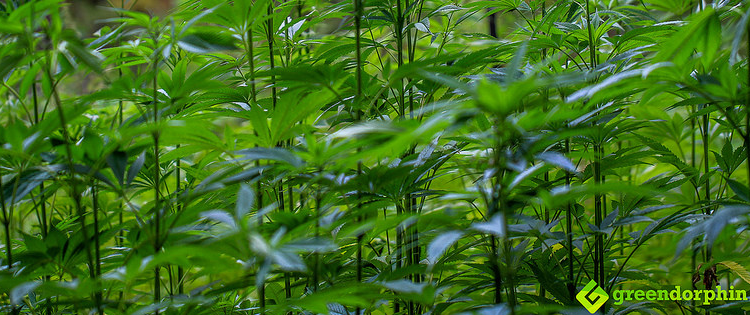
While the legalizing US states, Uruguay, Canada and Israel are taking the spotlight on cannabis news, China seems to be developing its cannabis science and cannabis industry in the background.
Obviously, the communist party has full control over what news and information are released, so we don’t necessarily hear about China’s cannabis ‘industry’ often, however, if you look deep enough, you’ll find many signs of growth in this space.
Actually, you don’t even have to dig that deep, it is enough just to look at the international patents relating to cannabis. More than half of such a patents have been filed by Chinese firms.
Considering the popularity of traditional Chinese herbal medicine in the west these days, China is very well placed to take advantage of the growing wave of acceptance and legalization that is gaining momentum around the world.
As big as medical cannabis is going to be in a few years time, another huge wave is coming, and some analysts are saying that it will be even bigger than medicinal cannabis.
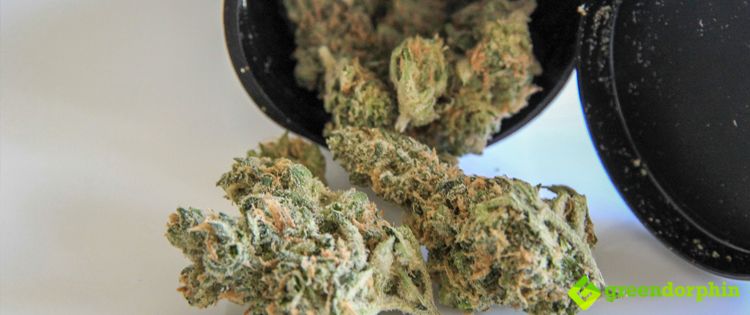
This other wave that comes with cannabis acceptance reaching new highs around the world, is industrial hemp.
Hemp was called the ‘The New Billion Dollar Crop’ by Popular Mechanics Magazine back in 1938 and even though the ‘industrialization’ of the hemp industry has been delayed by 80 years, it shows more and more signs of finally happening.
Hemp offers a renewable alternative to petrochemicals and fibre.
With the US taking a 180 degree turn on its climate policy by changing from a leader in the fight against climate change to a climate change denier, China embraces the opportunity to step up and become the leader in this space.
Hemp fits into this strategy very well. China is already looking at banning fossil fuel car sales in the future and even though they have not announced the year that this would take place yet, it is surely a significant indicator of China’s intention to tackle pollution.
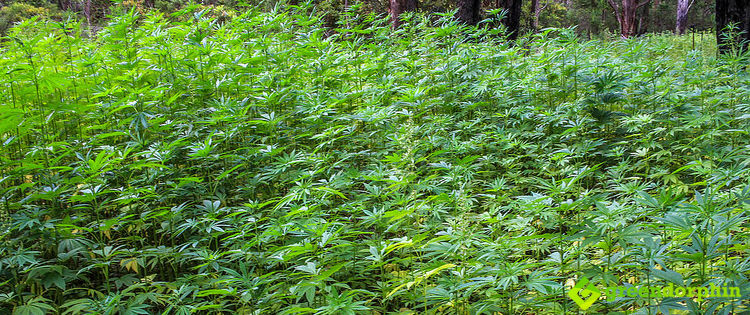
The prospects of being able to replace petroleum-based, non-renewable plastics with renewable hemp-based plastic in the massive manufacturing sector of China is very exciting.
On the top of all this, China is also the largest cotton producer on earth to fuel its gigantic manufacturing sector.
About 100,000 farmers are cultivating cotton in the country to feed the 7,000 textile companies that produce about USD 73 billion worth of goods.
Since 1982, China’s cotton output has ranked first in the world, accounting for more than 20 percent of the world’s total production.
I have a bachelor degree in agricultural science, however, you don’t need one to know that cotton is not an easy plant to grow.
It requires irrigation and a lot of fertilisers to start with. Crop protection is laborious and requires a lot of pesticides. Pests keep developing resistance to pesticides, presenting the cotton industry with huge challenges.
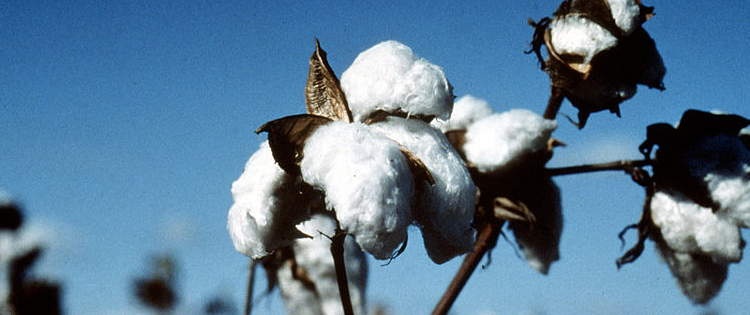
China has been aware of its cotton problem and it seems like they are addressing it with cannabis very strategically.
Hemp fibre is a better quality longer fibre than cotton and even though hemp also likes water, it does not need as much as cotton and in terms of pesticides, you can grow hemp even organically without any problems in most cases.
Hemp has incredible resilience to pests and it is a lot easier to grow than cotton.
Authorities in the provinces along the northern border with Russia, such as Hexin and Heilongjiang have been turning a blind eye to hemp farmers for some time and many of them have changed the laws to regulate the farming of hemp.
Farmers can make 10,000 yuan (US$1,500) per hectare as they can ‘double crop’ their hemp field. They sell the fibre to textile companies and the seeds to food companies.

Due to cannabis being easier to grow and another important fact that it also brings in more revenue, hemp is gaining popularity among Chinese farmers once again.
About half of the world’s legal hemp fields are in China today according to the National Bureau of Statistics.
It seems like the Chinese government is looking at every aspect of cannabis and exploring opportunities with the plant as a herbal medicine, fibre and food alike.
While all the attention goes to western countries as they are slowly waking up to what the Chinese have known for thousands of years, China might quietly take the lead and become the cannabis superpower of the world.
Your views matter, share it in the comments below.
- Nimbin Medican – Educating Australians About Medical Cannabis - January 28, 2020
- Pill Testing and Roadside Drug Testing – When is it Appropriate to Test for Drugs? - August 2, 2019
- The Australian Cannabis Summit in Review - July 16, 2019

